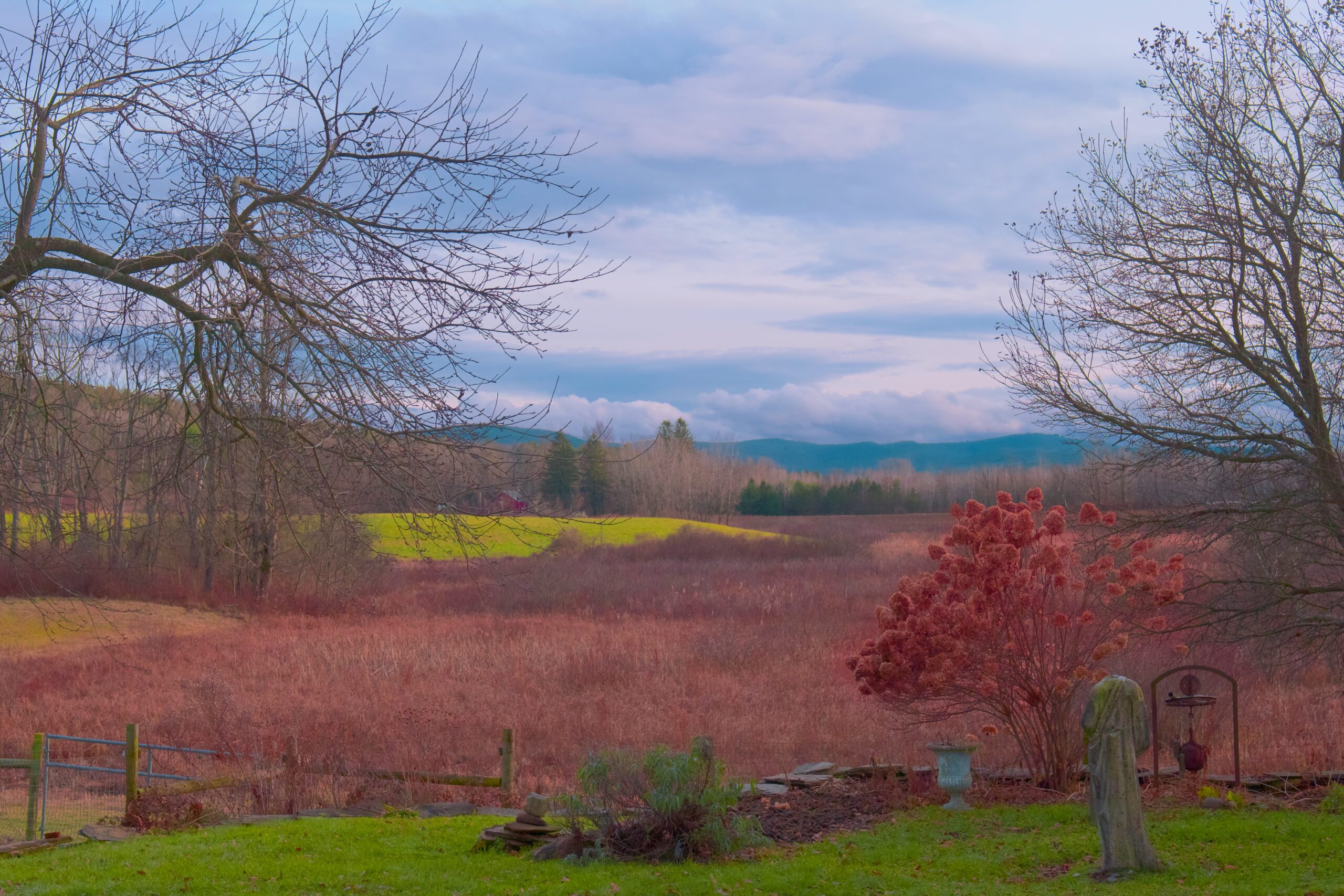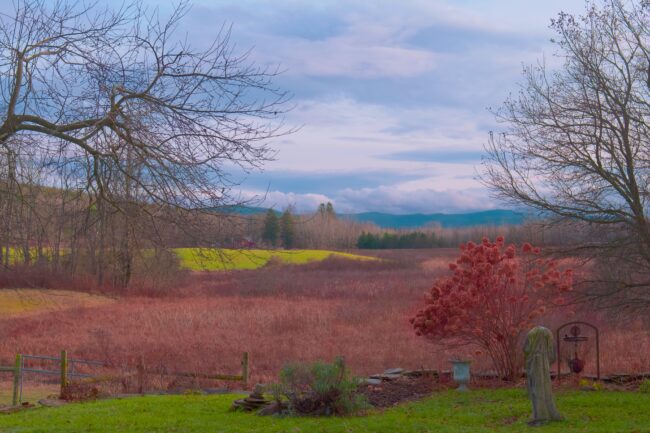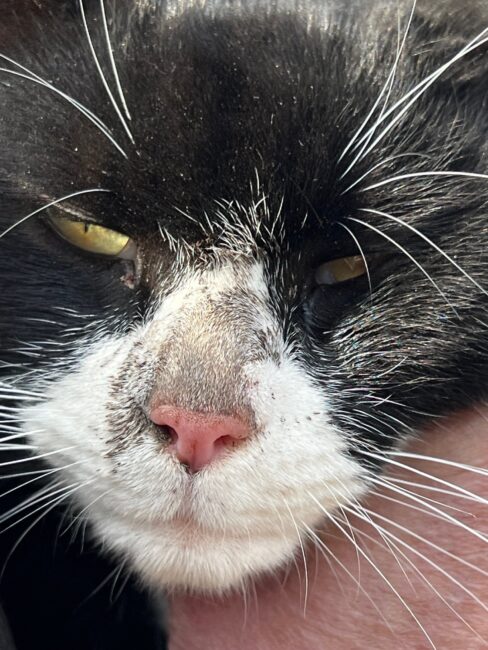People often ask me if I ever enhance my photos.
The answer is yes; I enhance my pictures if they are too light or dark. I rarely need to do this, but I’m not going to ignore the wonderful new editing technologies that make pictures look better.
With the Leica or the Iphone, I have no problems touching up a photo in my computer program, as long as I don’t deny it or alter its character.
I never use programs that fake the picture, alter it from its present form, or move people’s heads around.
I took a class today on how to use my new program, Photomator. I like it better than Lightroom or Apple Photo, which is faster and easier.
I want my photos to look as good as possible.
Still, I think it’s important to acknowledge that I use two computer editing programs, Lightroom and, as of today, Photomator, a new made-for-Apple program that is strikingly easy to use and effective for making minor touch-ups to photographs.
My Leica pictures (a mirrorless full-frame camera) rarely require enhancement. My Iphone 150 Pro Max is a terrific camera, but I sometimes need to highlight the colors in strong or weak light. (A full-frame camera is an SLR or mirrorless camera with a full-frame sensor. They don’t crop a picture automatically.)
One Iphone in 20 needs me to enhance or clarify a shape or enhance a color.
I take a lot more shared photos than almost anyone but TikTok users, and I need to keep up with the amazing new photo editing software. I don’t want to get lazy or left behind. Landscape photography is tricky, and so is animal photography.
If I remember to bring the right camera lens, I think I have the portraits down.
The Leica now allows me to buy lenses (L-series) from other lens companies, which has been a boon to me since I can’t afford Leica lenses as a rule.
I never use enhancement photos on my color photos like flowers; they are colorful enough, and my cameras are good enough to reflect solid and rich colors.
The other day, I acquired Photomator, the Apple app of the year, and today – I went over it carefully with Andrew Kohler of MacNurse in Vermont – my first lesson.
Andrew is going to give me several lessons. I’m cranking up for Spring 2024.
I like the program very much, and Andrew and I experimented with enhancement using the Photomator color brush and selection software.
I took this photo this afternoon in a darkening sky with a foreground that was having trouble picking up the light.
I liked the effect of this enhancement. I used a Leica photo because it is softer and enriches the colors already in the photo.
You can see this in the foreground, where the camera naturally softens the greens and the brownish colors of the marsh, the greens of the pasture in the distance, and the blue in the sky and the hills.
This photo looks like one of those photo paintings I always rant about; it’s softer and dreamier like a painting might be.
I see nothing wrong with using enhancement software, but I prefer to have cameras and know how to use them to the point where enhancement is unnecessary.
I’m very close to that situation.
Wednesday, I’m taking another enhancement class; it’s something I should know how to use when necessary.
With climate change, the sky is often dark and gray from the steady rains we are having. It rained all day today, so I chose this picture to experiment with enhancing. More to come.
One of my favorite kinds of photos is the soft ones, I like how this turned out. Using the same image, I enhanced the photo to soften it and balance out the rich and different colors.
When I enhance photography in anything more than the most minor way, I’ll say so.










